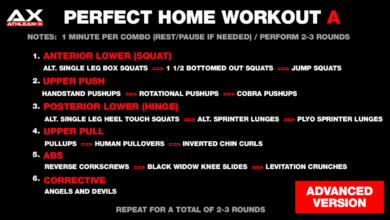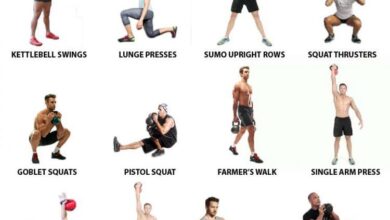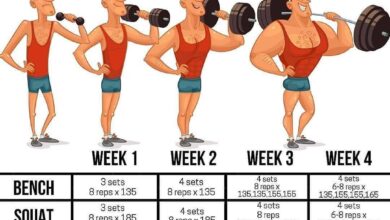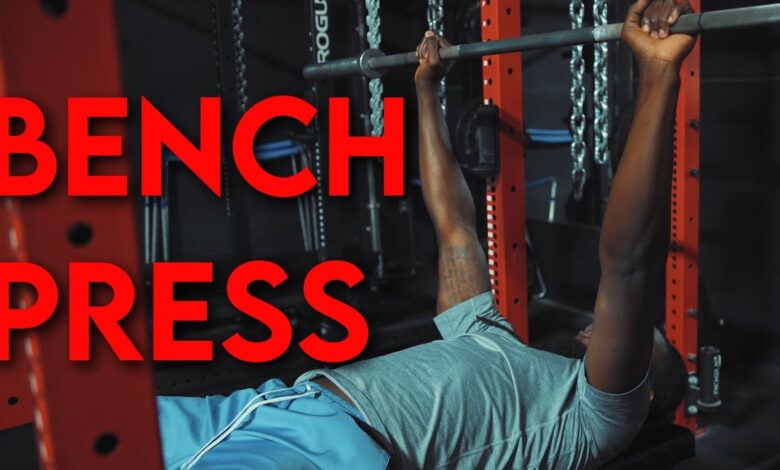
5 Rules for Better Bench Presses: Master the Lift
5 Rules for Better Bench Presses: Master the Lift – Want to push your bench press to new heights? It’s not just about brute force; it’s about mastering the technique, building a solid foundation, and optimizing your training strategy.
From proper form and technique to nutrition and recovery, we’ll dive into the key elements that will help you unlock your true bench press potential.
Whether you’re a seasoned lifter or just starting your fitness journey, these five rules will guide you toward a stronger, safer, and more effective bench press. Get ready to conquer the weight room and build the chest of your dreams!
Proper Form and Technique
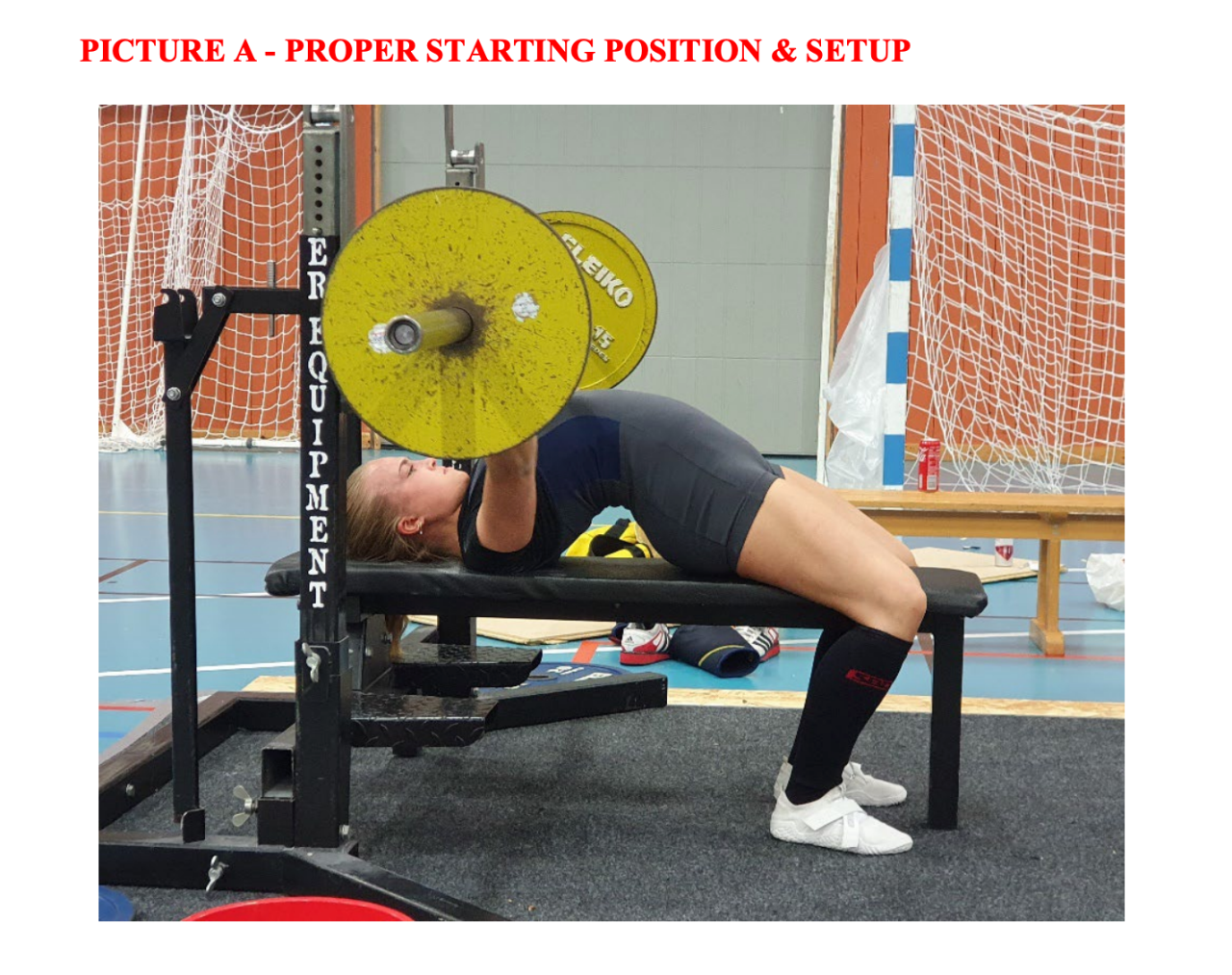
Mastering the bench press requires more than just brute strength. It’s crucial to prioritize proper form and technique to maximize your gains, prevent injuries, and unlock your true potential.
Grip Width and Hand Placement
The grip width plays a significant role in determining the biomechanics of the bench press. A wider grip emphasizes the chest muscles, while a narrower grip engages more triceps.
- Standard Grip:This is the most common grip, with hands slightly wider than shoulder-width apart. Your thumbs should be wrapped around the barbell, not pointing upwards.
- Close Grip:This grip involves placing your hands closer together, just outside shoulder width. This variation emphasizes triceps activation and can help you lift heavier weights.
- Wide Grip:With a wide grip, your hands are placed significantly wider than shoulder width. This variation targets the chest muscles more effectively, but can put extra stress on the shoulders.
Maintaining a Stable Spine Position
A stable spine is essential for preventing injuries and maximizing lifting efficiency. Here are some tips:
- Arch Your Back:A slight arch in your lower back creates a natural curve that helps distribute weight evenly across your spine.
- Engage Your Core:Actively engage your core muscles throughout the lift to stabilize your torso and prevent unnecessary movement.
- Maintain a Neutral Spine:Avoid excessive arching or rounding of your back. Aim for a neutral spine position where your natural curves are maintained.
Breathing Technique
Proper breathing is crucial for maintaining stability and generating force during the bench press.
- Inhale Before Lowering:Take a deep breath before lowering the barbell to your chest.
- Exhale During Lifting:Exhale forcefully as you press the barbell back up.
- Hold Your Breath:Some lifters prefer to hold their breath during the most challenging part of the lift, known as the “sticking point,” for added stability.
Tucking Elbows and Scapular Retraction
Keeping your elbows tucked in and retracting your scapulae (shoulder blades) are essential for proper form and maximizing chest activation.
- Elbow Tuck:Tuck your elbows slightly in towards your sides, preventing excessive outward flare.
- Scapular Retraction:Before starting the lift, pull your shoulder blades back and down, creating a “packed” position that stabilizes your upper back.
Step-by-Step Breakdown of the Bench Press
1. Set Up Lie on the bench with your feet flat on the floor. Grip the barbell with an overhand grip, slightly wider than shoulder-width apart.
2. Scapular Retraction Retract your shoulder blades and create a “packed” position.
3. Lower the Barbell Inhale deeply and slowly lower the barbell towards your chest, keeping your elbows tucked in.
Mastering the bench press is all about technique and consistency, and that includes fueling your body properly. While focusing on form and weight, don’t forget about nutrition! Check out these diets and recipes for 35 minute dinners to ensure you’re getting the right nutrients to support your training and recovery.
A balanced diet will give you the energy to push those weights and build strength, so you can crush your next bench press session.
4. Pause Pause briefly at the bottom of the movement, ensuring the barbell touches your chest.
5. Press Up
Mastering the bench press isn’t just about lifting heavy weights; it’s about proper form and technique. One of the key rules is to keep your core engaged, preventing your lower back from arching. And sometimes, stress can lead to unhealthy eating habits, which can affect your training and recovery.
If you find yourself reaching for comfort food when you’re stressed, check out these 7 ways to stop stress eating for a healthier approach. Remember, a strong mind leads to a strong body, so taking care of your mental well-being is crucial for maximizing your bench press performance.
6. Repeat
Mastering the bench press isn’t just about brute strength, it’s about technique. A solid form is crucial for maximizing your gains and avoiding injuries. One of the best ways to keep your focus on form is to make sure you’re mentally sharp.
That’s where this article on 10 ways to stay sane when working from home comes in handy. After all, a clear mind translates to a strong and focused lift, helping you crush those personal records!
Warm-up and Preparation: 5 Rules For Better Bench Presses
A proper warm-up routine is crucial before attempting heavy bench presses. It prepares your muscles and joints for the demands of the exercise, reducing the risk of injury and enhancing performance. This section will delve into a comprehensive warm-up routine, emphasizing the importance of dynamic stretching and light activation exercises.
We will also explore the benefits of foam rolling and self-massage for improving flexibility and range of motion.
Importance of Warming Up
Warming up is essential for preparing your body for the physical demands of a heavy lift. It increases blood flow to the muscles, improves joint mobility, and enhances nervous system activation. A well-executed warm-up gradually elevates your core temperature and prepares your muscles for the intense effort required during bench presses.
Dynamic Stretching and Light Activation Exercises
Dynamic stretching involves controlled movements that mimic the actions of the exercise. These movements increase flexibility and range of motion while preparing your muscles for the specific demands of the lift. Light activation exercises, such as band pulls and push-ups, activate the target muscle groups without placing excessive stress on your joints.
Dynamic Stretching
- Arm Circles:Stand with feet shoulder-width apart and perform forward and backward arm circles, gradually increasing the range of motion. This helps warm up the shoulder joint and improves mobility.
- Chest Stretches:Interlock your fingers behind your back and extend your arms upward, pushing your chest forward. Hold this position for 15-20 seconds. This stretches the chest muscles, which are crucial for bench presses.
- Shoulder Rotations:Stand with feet shoulder-width apart and perform forward and backward shoulder rotations. This improves shoulder joint mobility and prepares the rotator cuff muscles.
- Tricep Stretches:Reach one arm across your body and grab your elbow with your opposite hand. Gently pull your arm across your body, stretching the tricep muscle. Repeat on the other side.
- Overhead Tricep Stretch:Raise one arm above your head and bend your elbow, bringing your hand down towards your upper back. Gently pull on your elbow with your other hand to deepen the stretch. Repeat on the other side.
Light Activation Exercises
- Band Pull-Aparts:Stand with feet shoulder-width apart and hold a resistance band with both hands, arms extended in front of you. Pull the band apart, squeezing your shoulder blades together. This activates the upper back and shoulder muscles.
- Push-Ups:Perform a few sets of push-ups to activate the chest, shoulders, and triceps. Start with a modified version on your knees if necessary.
- Scapular Push-Ups:Place your hands shoulder-width apart on a bench or floor. Lower your chest towards the surface, focusing on retracting your shoulder blades. Push back up, maintaining scapular retraction. This exercise specifically targets the scapular muscles, which are essential for proper bench press form.
Foam Rolling and Self-Massage
Foam rolling and self-massage are excellent tools for improving flexibility and range of motion. They help release muscle tension, increase blood flow, and reduce the risk of injury.
- Chest and Shoulder Foam Rolling:Use a foam roller to roll out the chest, pec minor, and shoulder muscles. Apply moderate pressure and roll slowly over the affected areas. This helps release muscle tightness and improve flexibility.
- Tricep Foam Rolling:Place the foam roller under your upper arm and roll it up and down, focusing on the tricep muscle. This helps relieve muscle tension and improve range of motion.
Warm-Up Set Selection
Selecting appropriate warm-up sets is crucial for gradually preparing your body for heavier weights. Start with a light weight for a few sets of 8-12 repetitions. Gradually increase the weight and decrease the repetitions as you approach your working weight.
- Set 1:50% of your working weight for 8-12 repetitions.
- Set 2:65% of your working weight for 6-8 repetitions.
- Set 3:80% of your working weight for 4-6 repetitions.
“A proper warm-up is not a luxury; it’s a necessity for safe and effective training.”
Common Mistakes and Corrections
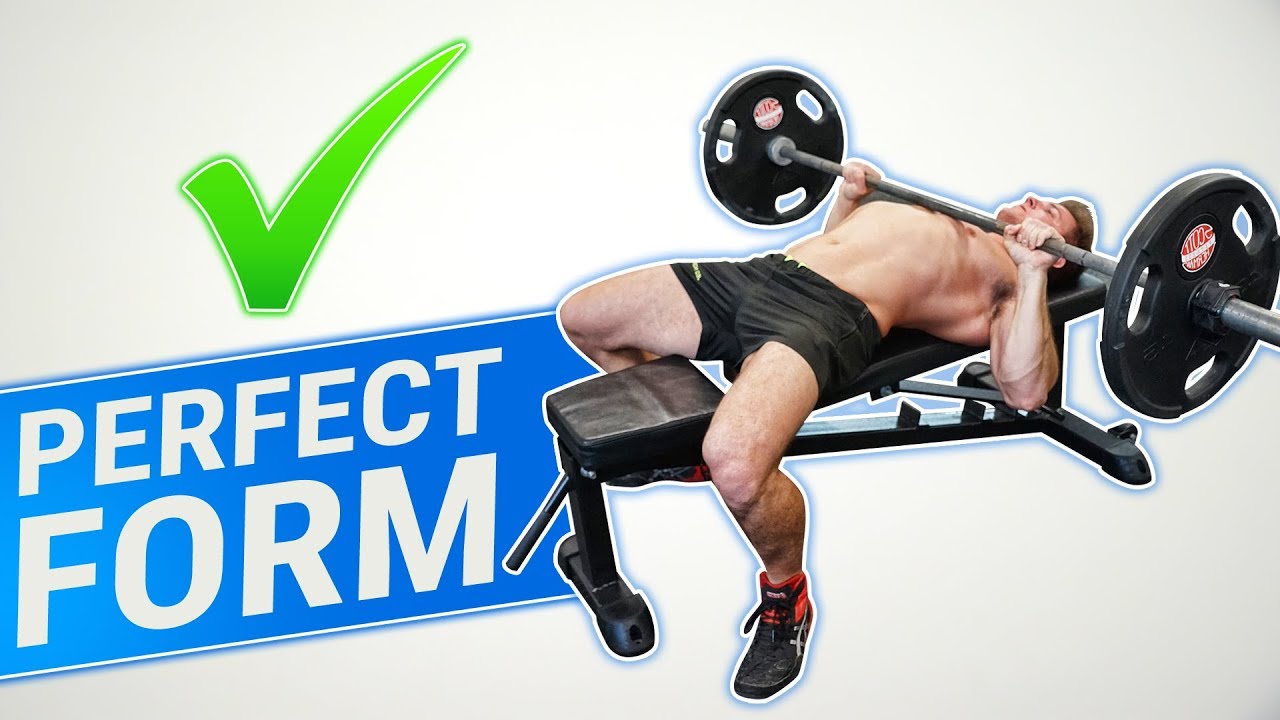
It’s crucial to identify and correct common mistakes during the bench press to maximize performance and prevent injuries. Even seasoned lifters can fall into bad habits, so understanding these pitfalls is essential for continuous improvement.
Arching the Back
Arching the back during the bench press, often done to lift heavier weights, is a common mistake that can lead to serious back injuries. The arching motion shifts the weight away from the chest and onto the lower back, putting immense pressure on the spine.
Correcting the Arch:Maintain a neutral spine throughout the lift. Focus on keeping your glutes and lower back pressed firmly against the bench, preventing any excessive arching. This ensures the weight is distributed evenly across your chest and shoulders.
Bouncing the Bar Off the Chest, 5 rules for better bench presses
Bouncing the barbell off your chest can be tempting, especially when trying to lift heavier weights. This technique, however, reduces the effectiveness of the exercise and increases the risk of shoulder injuries.
Correcting the Bounce:Lower the barbell slowly and deliberately to your chest, pausing briefly at the bottom before pushing back up. This controlled movement engages your chest muscles effectively and reduces the stress on your joints.
Using Excessive Momentum
Using excessive momentum, such as swinging your body or using your legs to propel the barbell, can make the lift easier but compromises proper form. This technique can lead to shoulder and back injuries and reduces the effectiveness of the exercise.
Correcting Momentum:Focus on using your chest muscles to lift the barbell, keeping your body still and stable. Maintain a controlled pace throughout the lift, avoiding any jerky or sudden movements.
Ignoring Spotters
Spotters are essential for safety and can help you lift heavier weights. A good spotter can assist you if you struggle to complete a rep, preventing potential injury.
Importance of Spotting:Always have a spotter present when lifting heavy weights. Inform your spotter of your lifting plan and ensure they understand how to assist you safely.
Neglecting Warm-up
Properly warming up before a bench press workout is crucial for preparing your muscles and joints for the demands of the exercise. Skipping a warm-up increases the risk of injury.
Importance of Warm-up:Start with light cardio to increase blood flow and body temperature. Follow with dynamic stretches that target your chest, shoulders, and back. This will activate your muscles and improve flexibility, preparing you for the bench press.
Wrap-Up
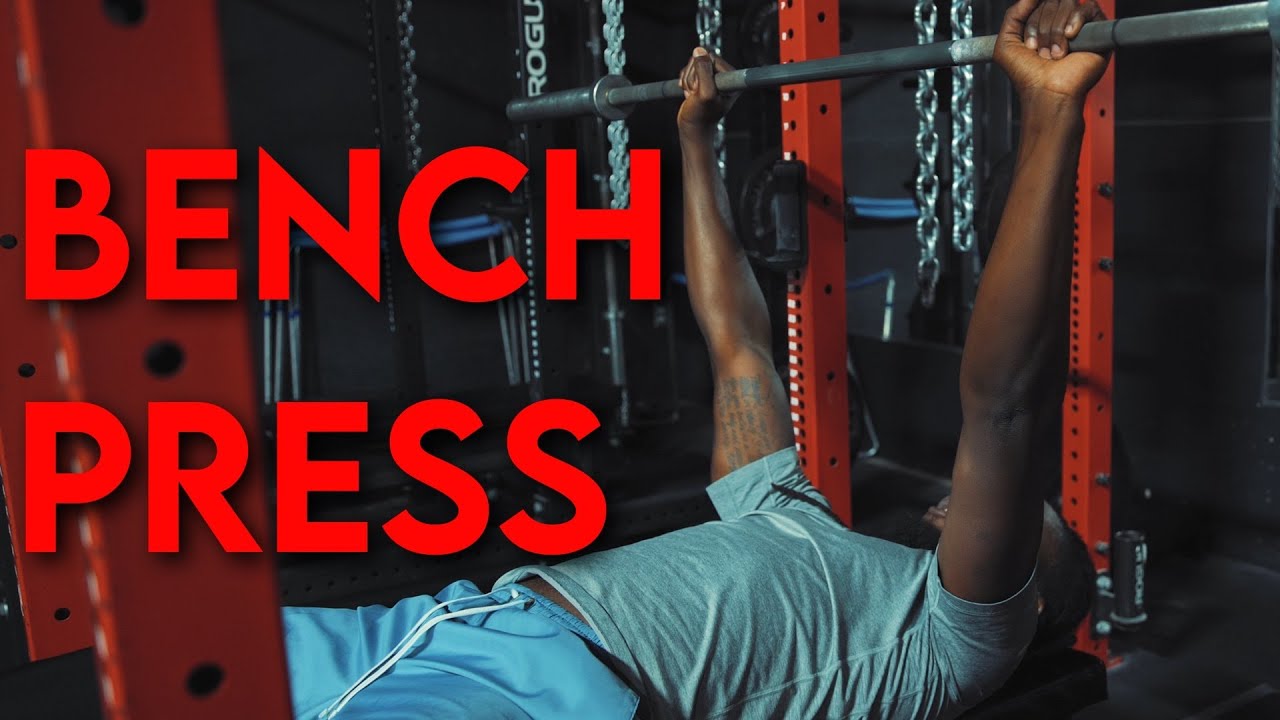
By incorporating these five rules into your training regimen, you’ll be well on your way to maximizing your bench press performance. Remember, consistency, proper form, and a smart approach to training are the keys to unlocking your full potential. So, get in the gym, put these rules into practice, and watch your bench press soar!

